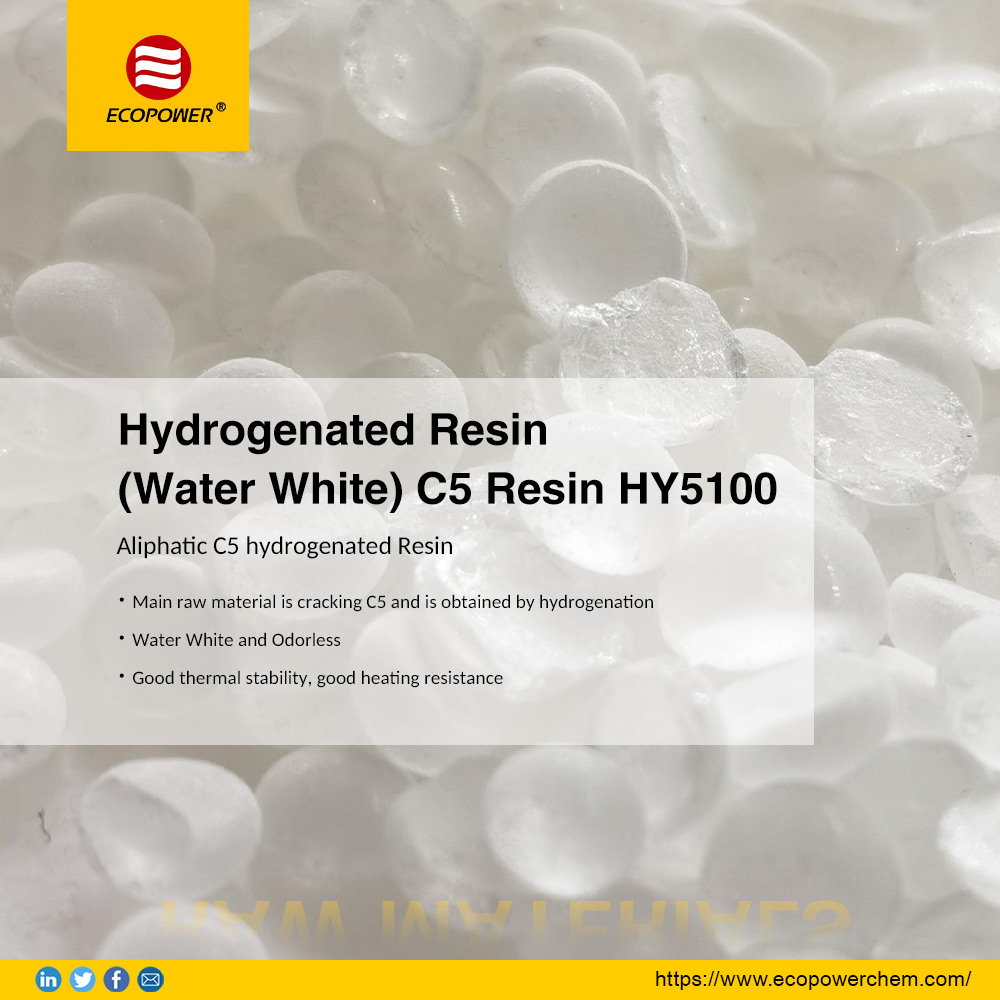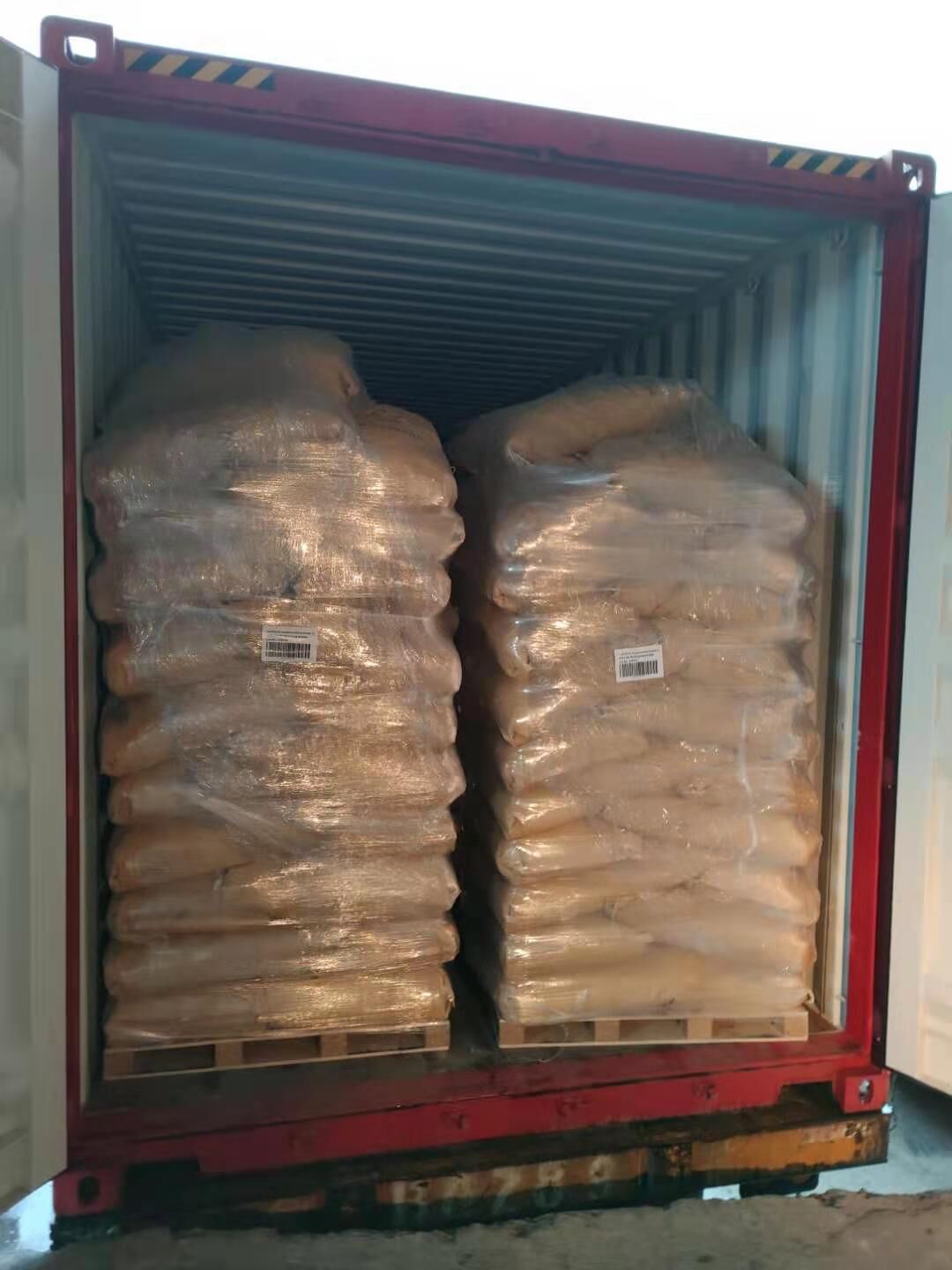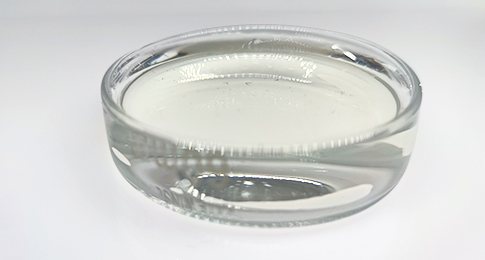Oct / 11, 2021
Electricity Shortage in China: Energy Conservation
The background of the Electricity shortage as below: 1. According to the latest China Electricity Council data, electricity consumption during the first seven months of this year soared by 15.6 percent year-on-year to 4.7 trillion kilowatt-hours. With the pricing of electricity strictly controlled by the government,which is calculating the economic effects of the inevitable rise in electricity price, the thermal power plants, which have long survived on meager profits, are reluctant to run full steam ahead, as the more power they generate the more losses they will have to sustain. 2. China's pledge to achieve carbon neutrality only 30 years after peaking carbon dioxide emissions. It needs to reduce its carbon emissions, especially for large amounts of energy-consuming industries, such as electrolytic aluminum and polysilicon had to reduce their capacity now. Small scale factories will close. The supply chain will face some shortage of the raw material and limited supply in China. It will make all of the cost at high level. It will last till Q1 2022 and most of cities faced such problem. ECOPOWRE, our factory will also actively cooperate with the requirements of the country while ensuring stable supply, saving energy and reducing emissions, saving electricity and saving resources. Ecopower New Material Co., Ltd is among the global leading suppliers of Speciality Chemical Additives. Relying on the continuous innovation, commercialized facilities and efficient operation, the company provides customers with more competitive products and solutions. Ecopower was established in 2003. It's mainly engaged in the research, manufacture of Chemical additive raw materials. Company has scientific management and obtained ISO9001, ISO14001, IATF16949, REACH ,SGS ROHS,PAHs certifications and patents. Our products have been exported to 60 countries. Silane coupling agent (Crosile 69, Crosile 75, Crosile 189, Crosile 1891, Crosile 172, Crosile 171…) Precipitated silica (White carbon, Silicon dioxide silica, Matting agent) Petroleum hydrocarbon resins (C5, C9, Copolymer resin, Coumarone indene resina, Hydrogenated hydrocarbon resin) Gum Rosin and Rosin Ester Derivatives (Gum rosin, Pentaerythritol ester, Rosin glycerol ester, Maleic acid rosin resin) CSM rubber(Hypalon rubber, Chlorodulfonated polyethylene rubber) Feel free to contact with us, we could provide high quality product with good price.
View More







